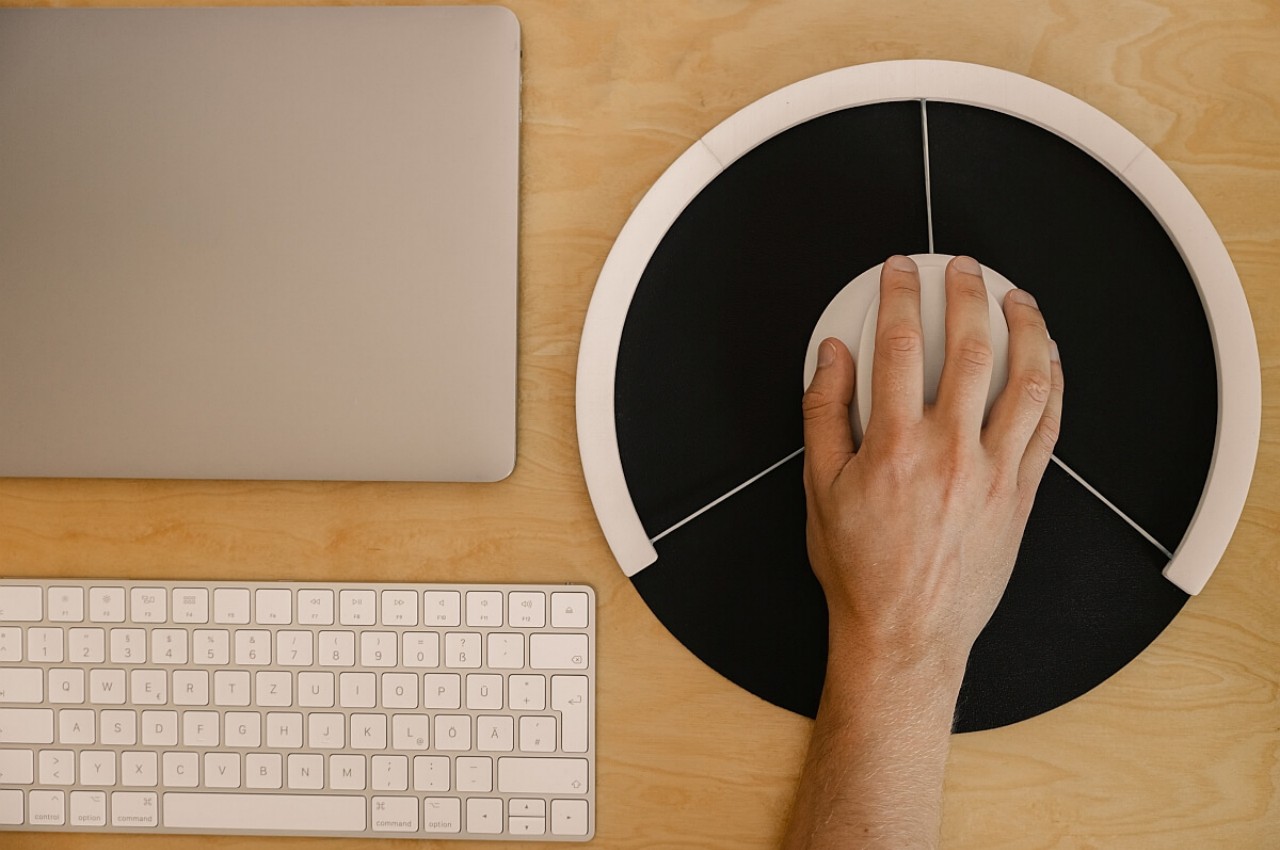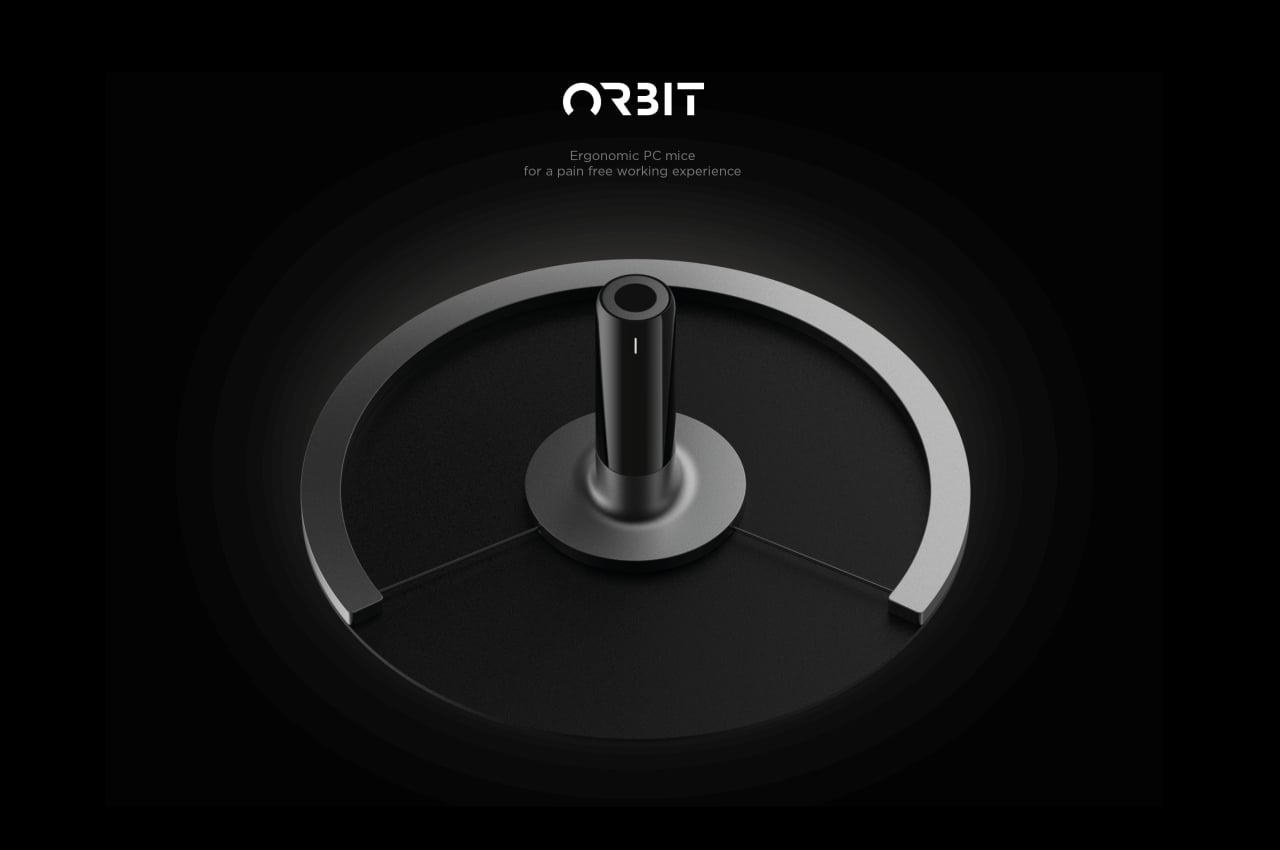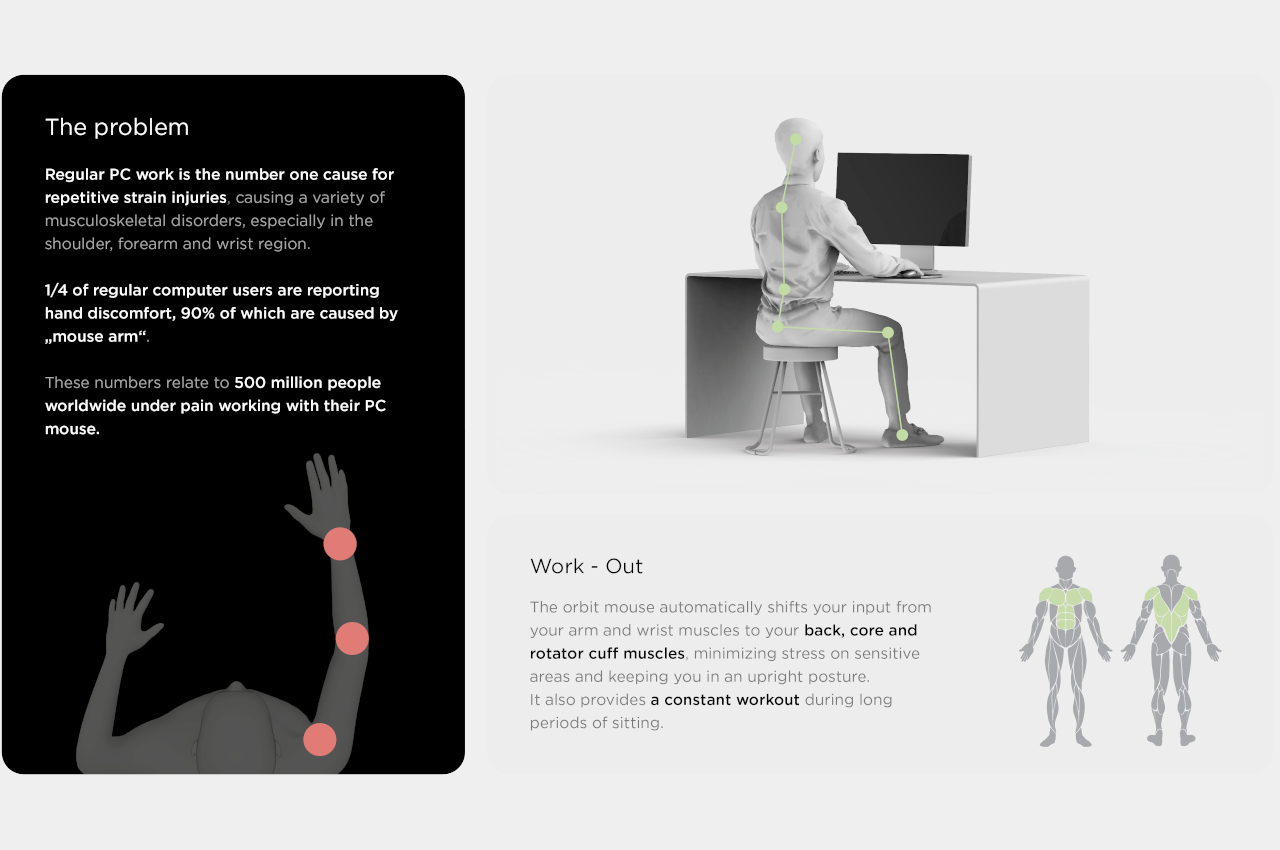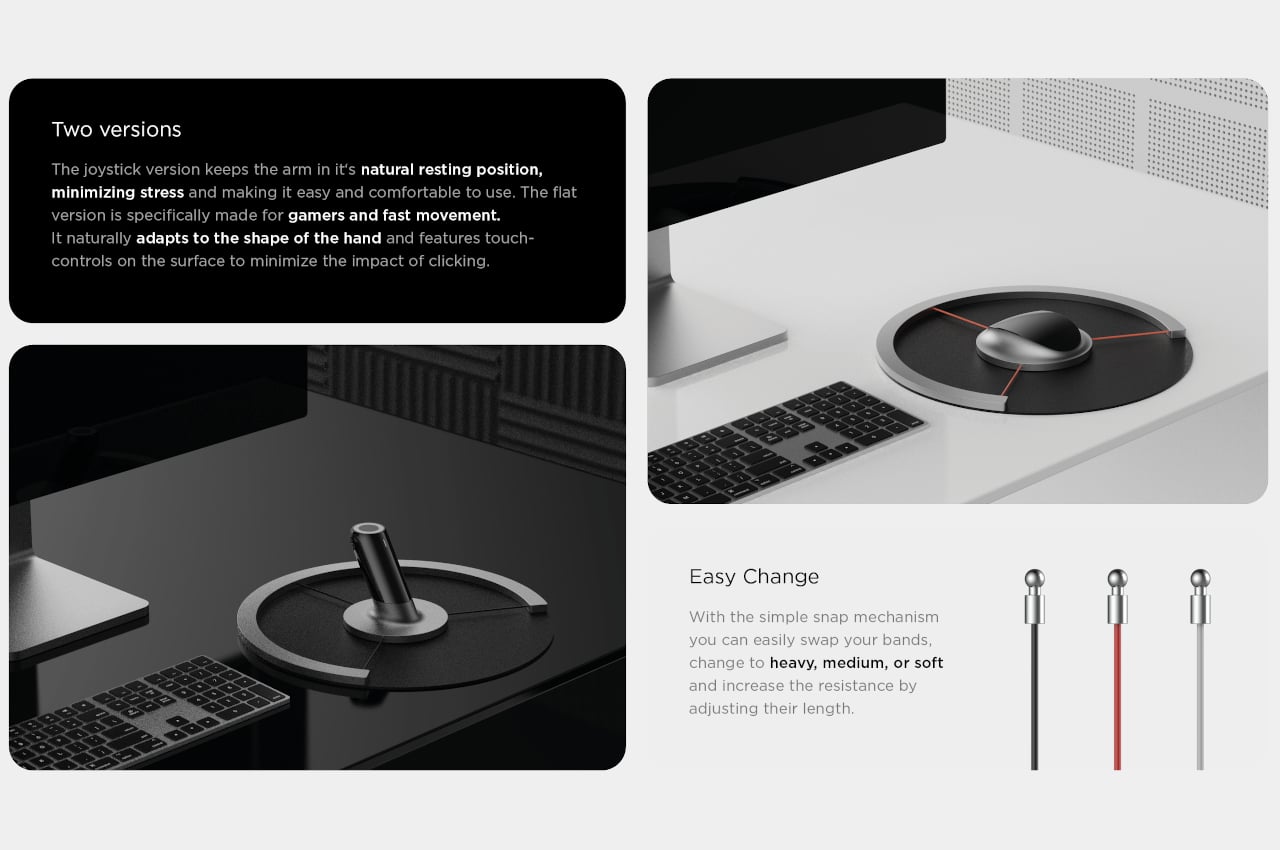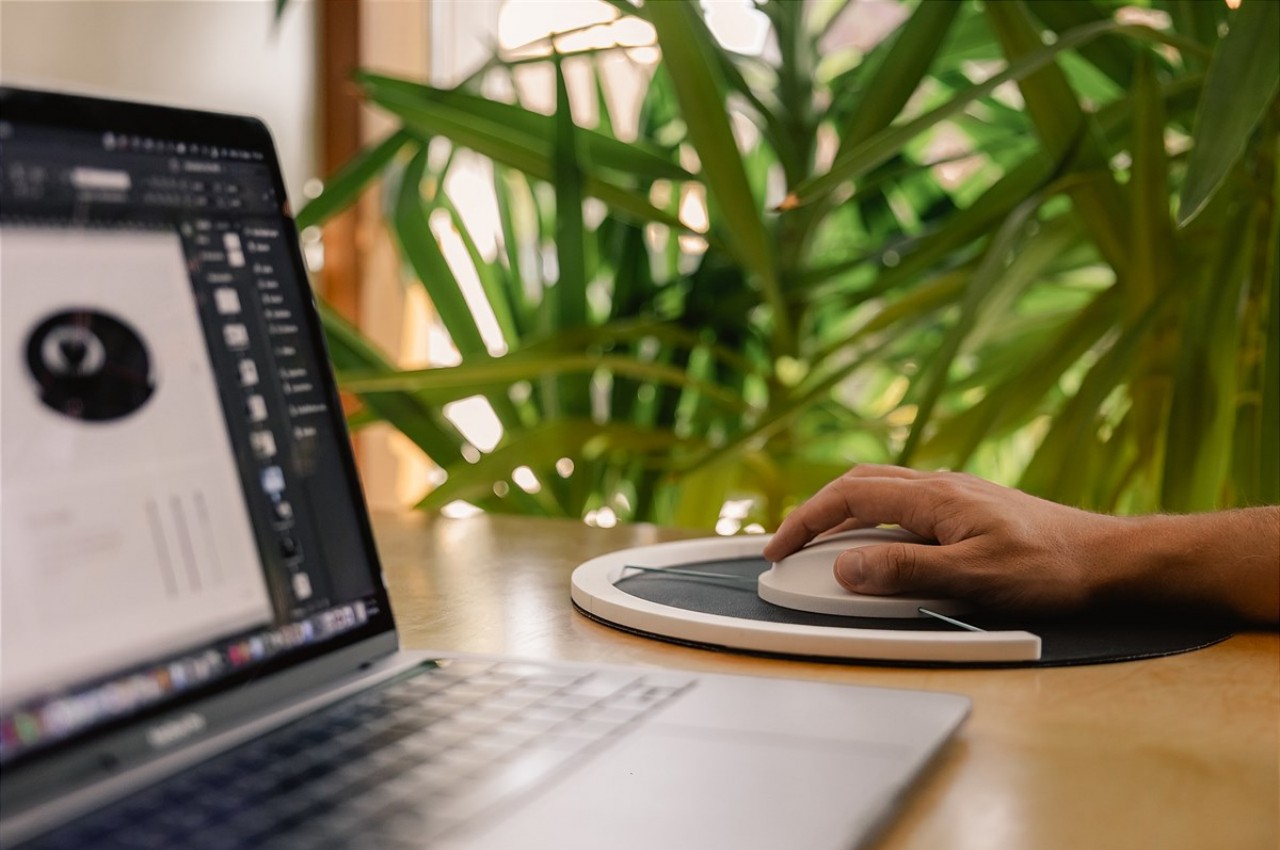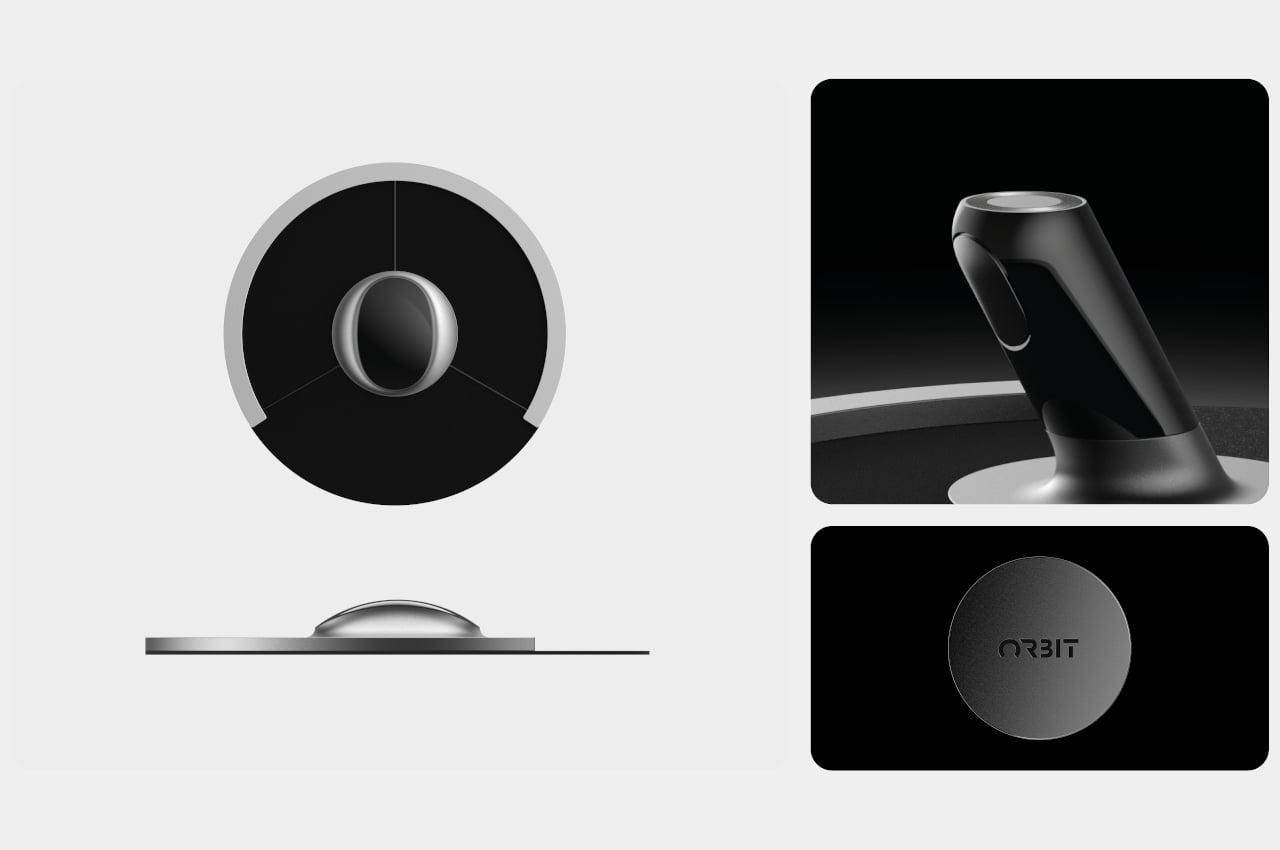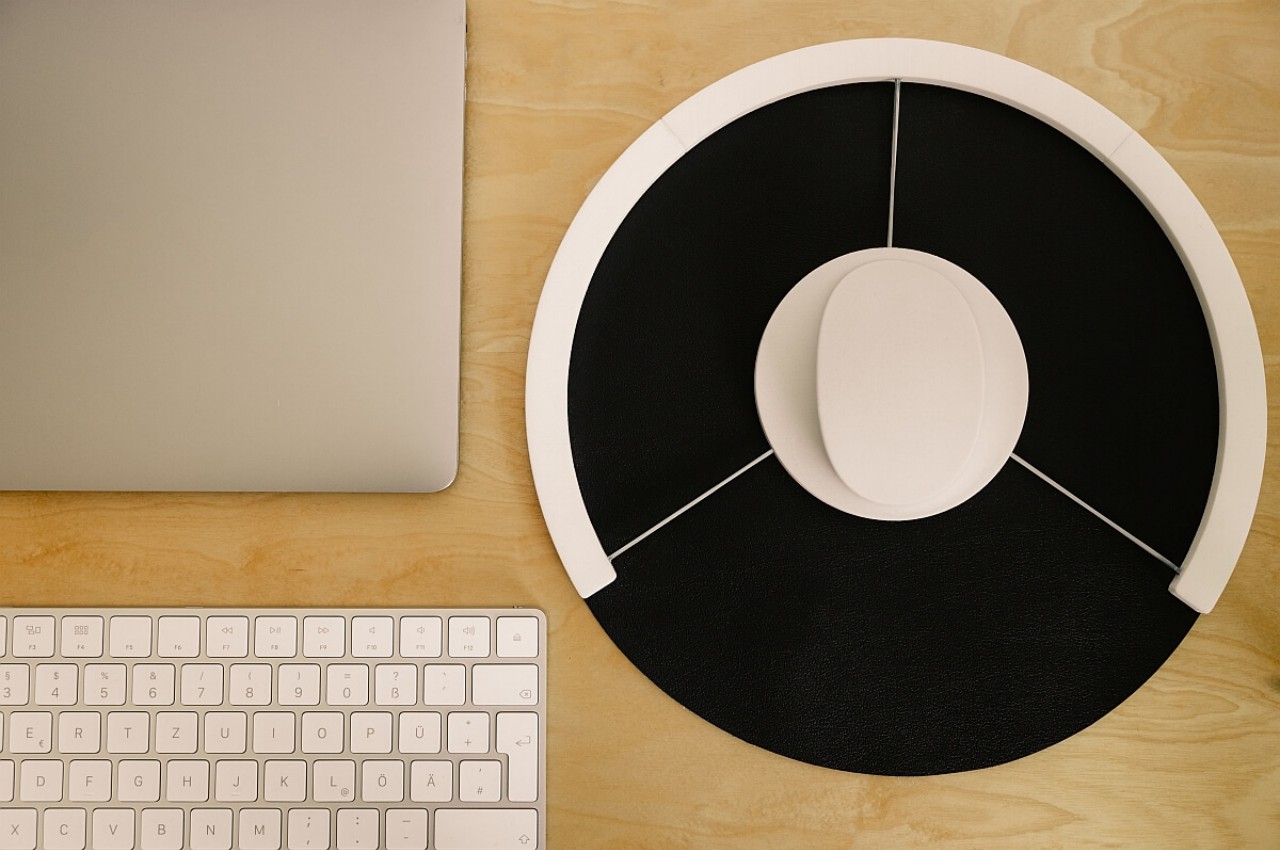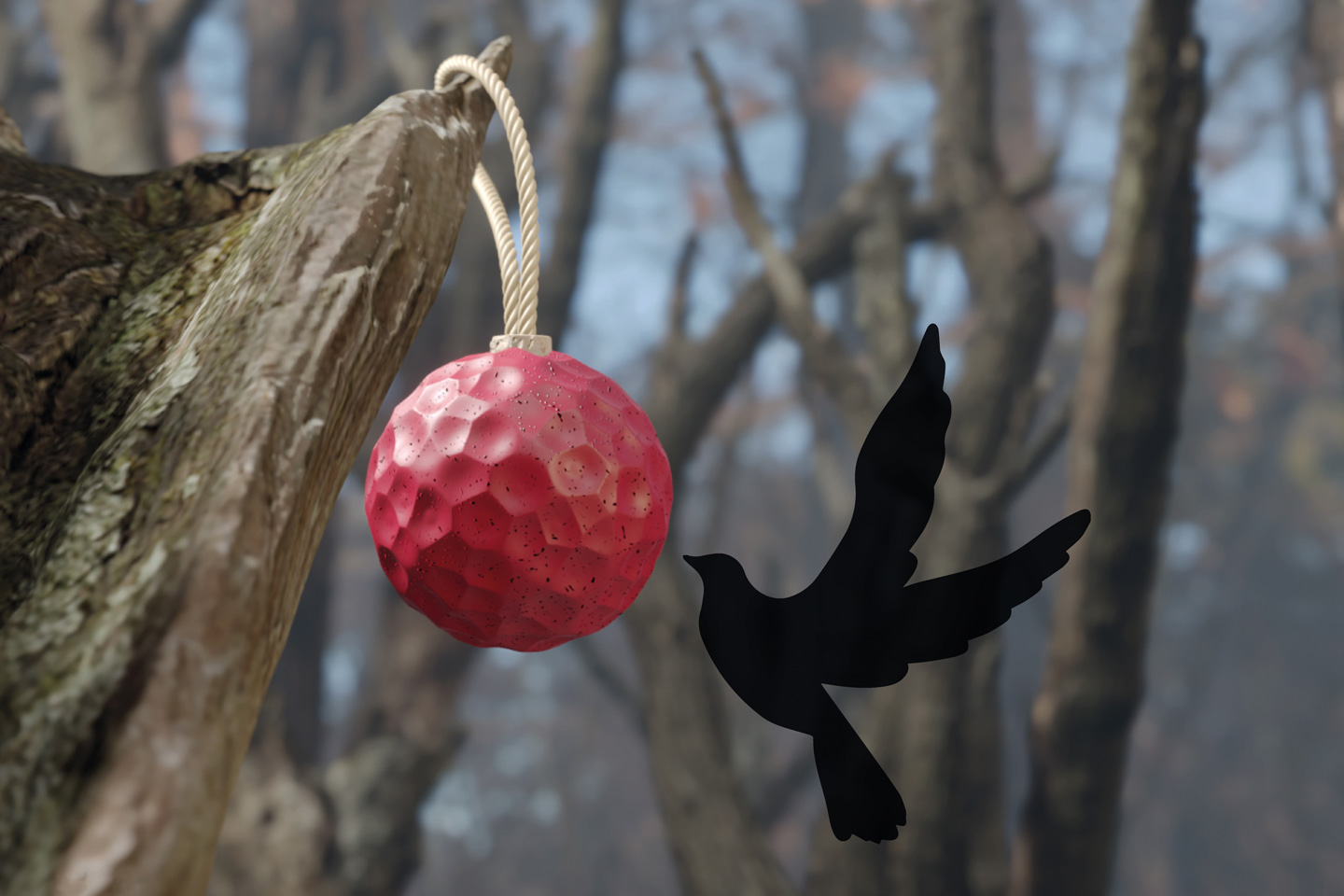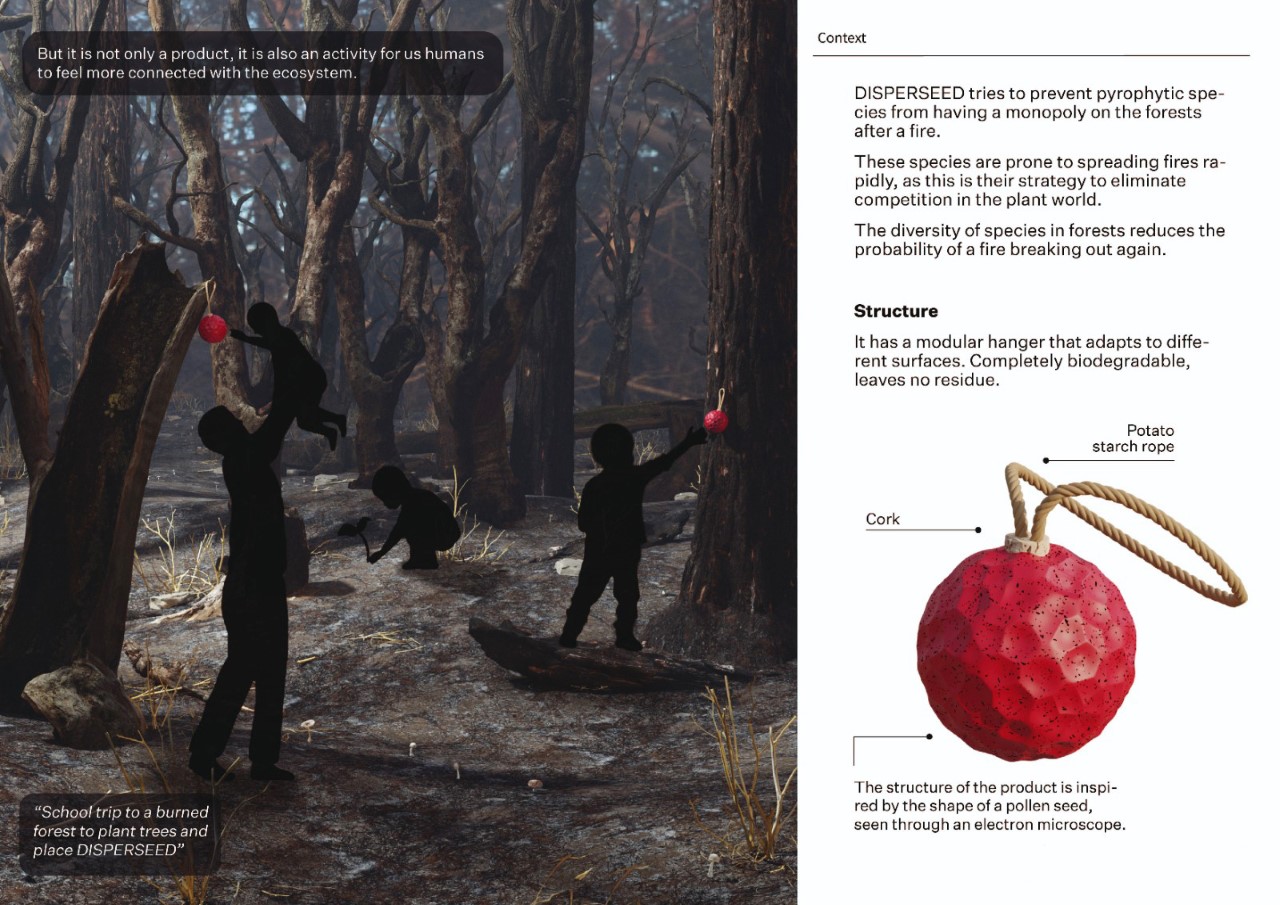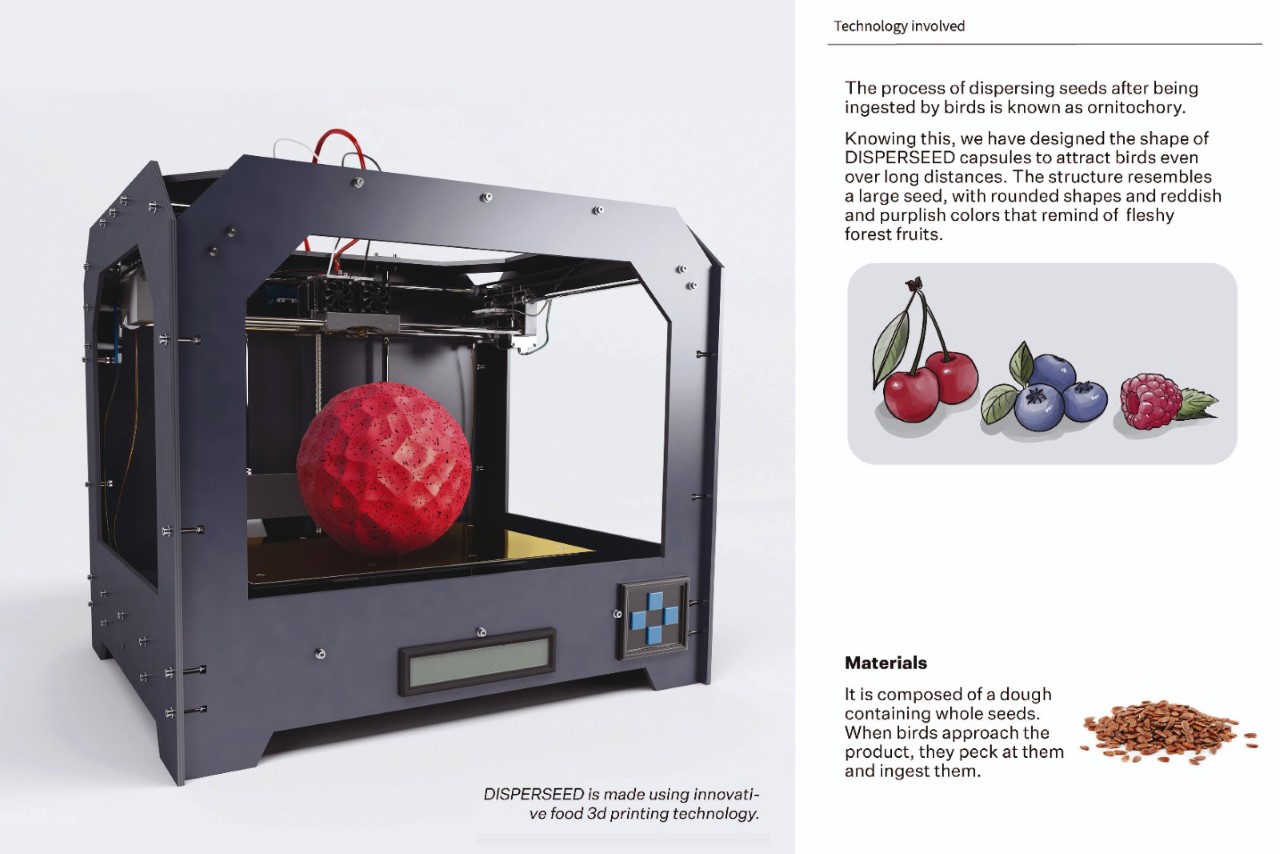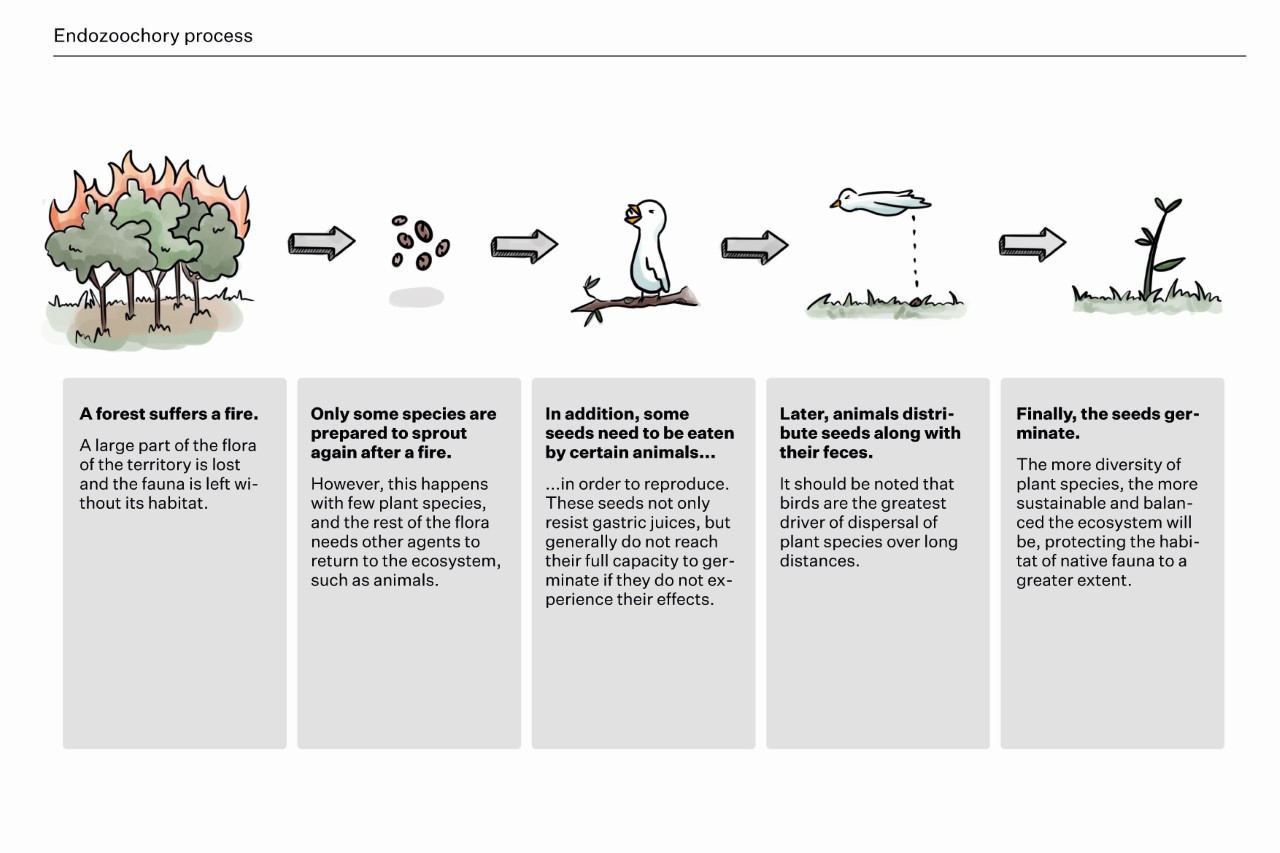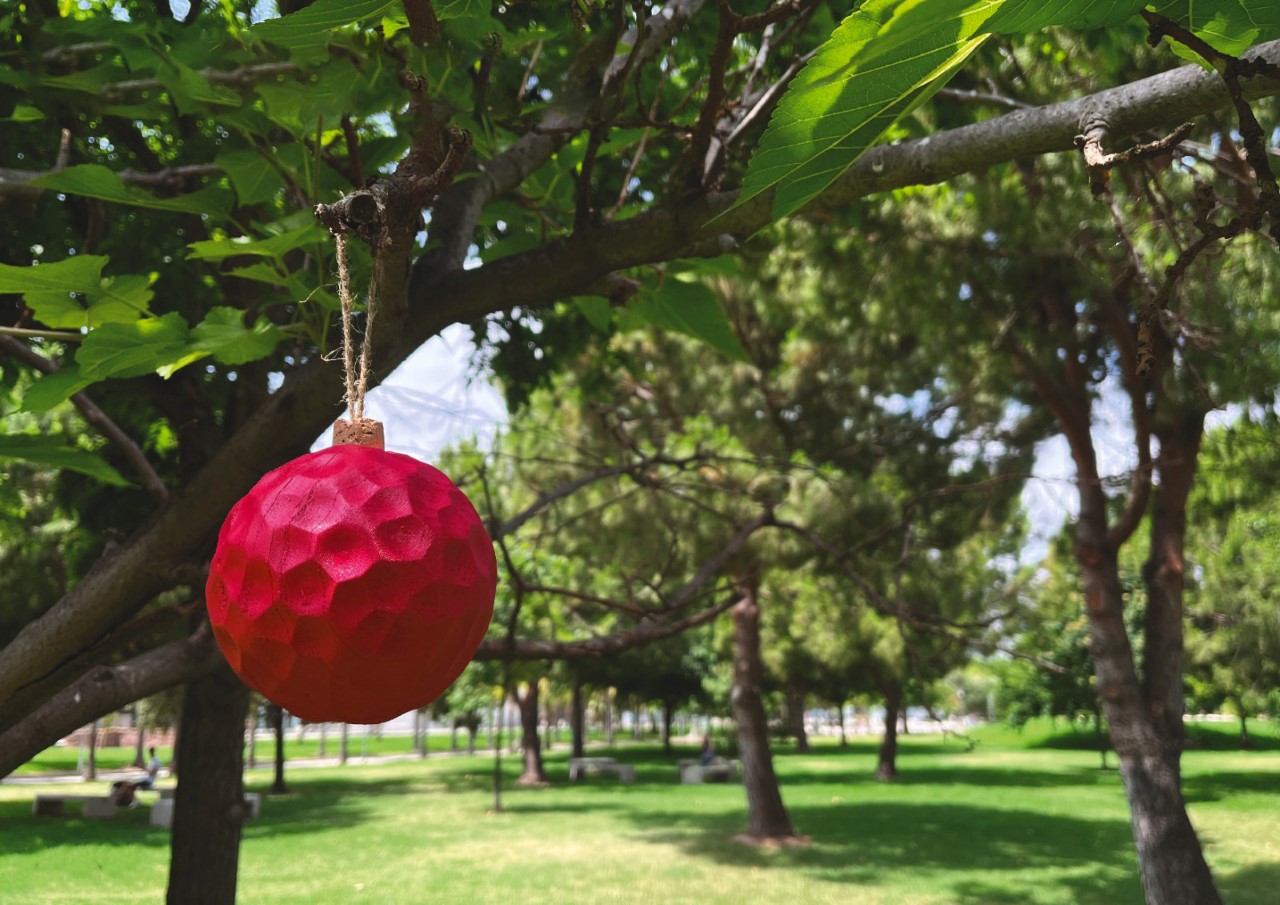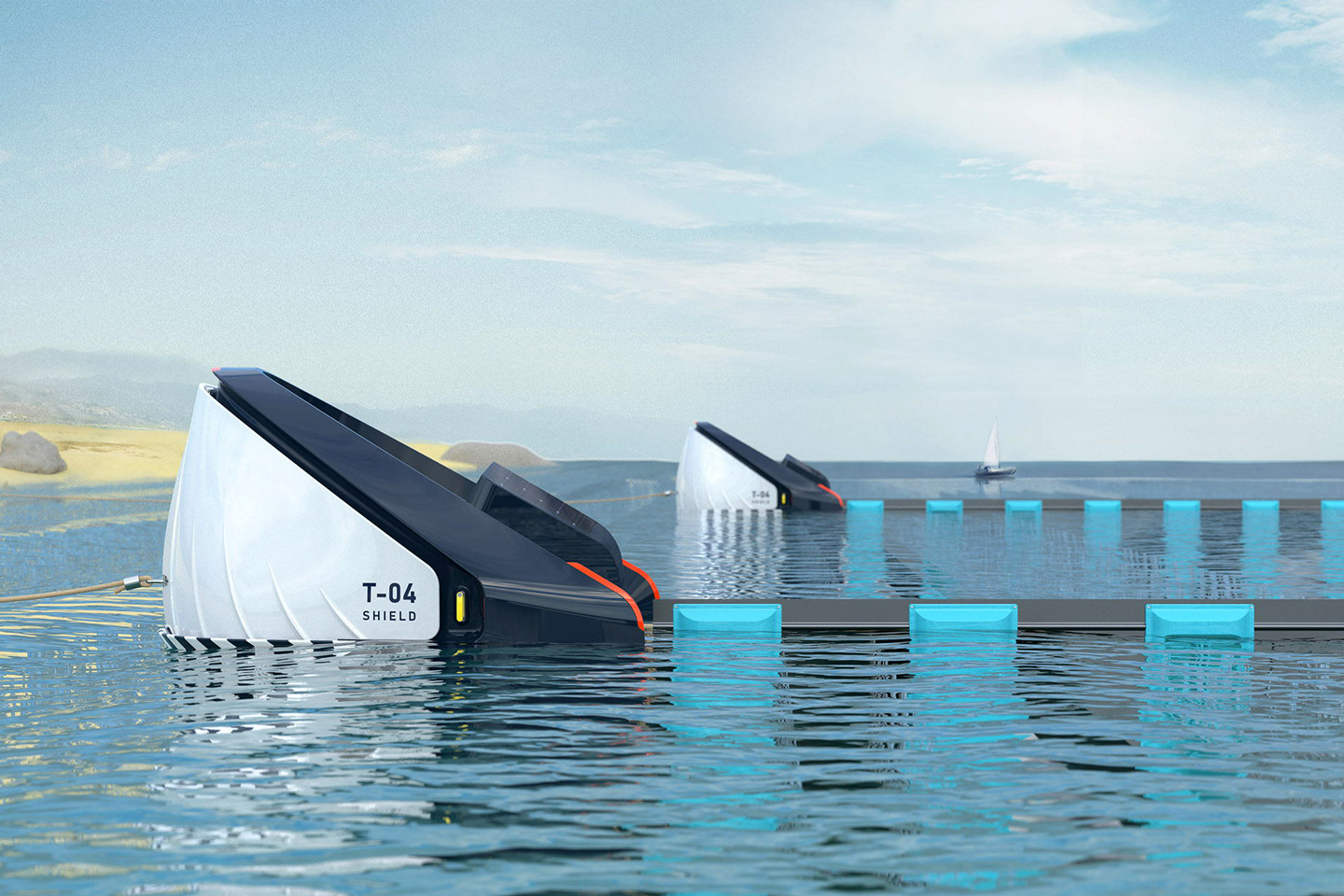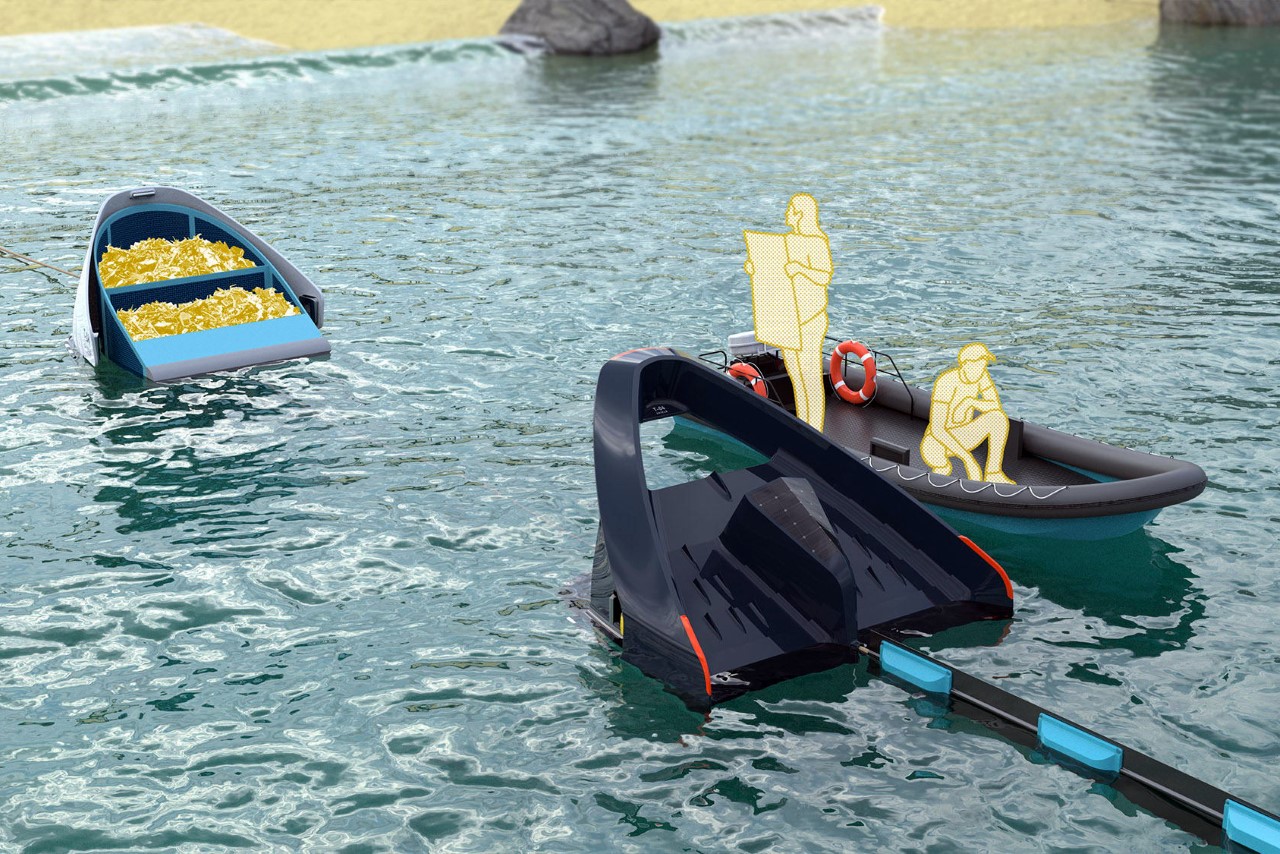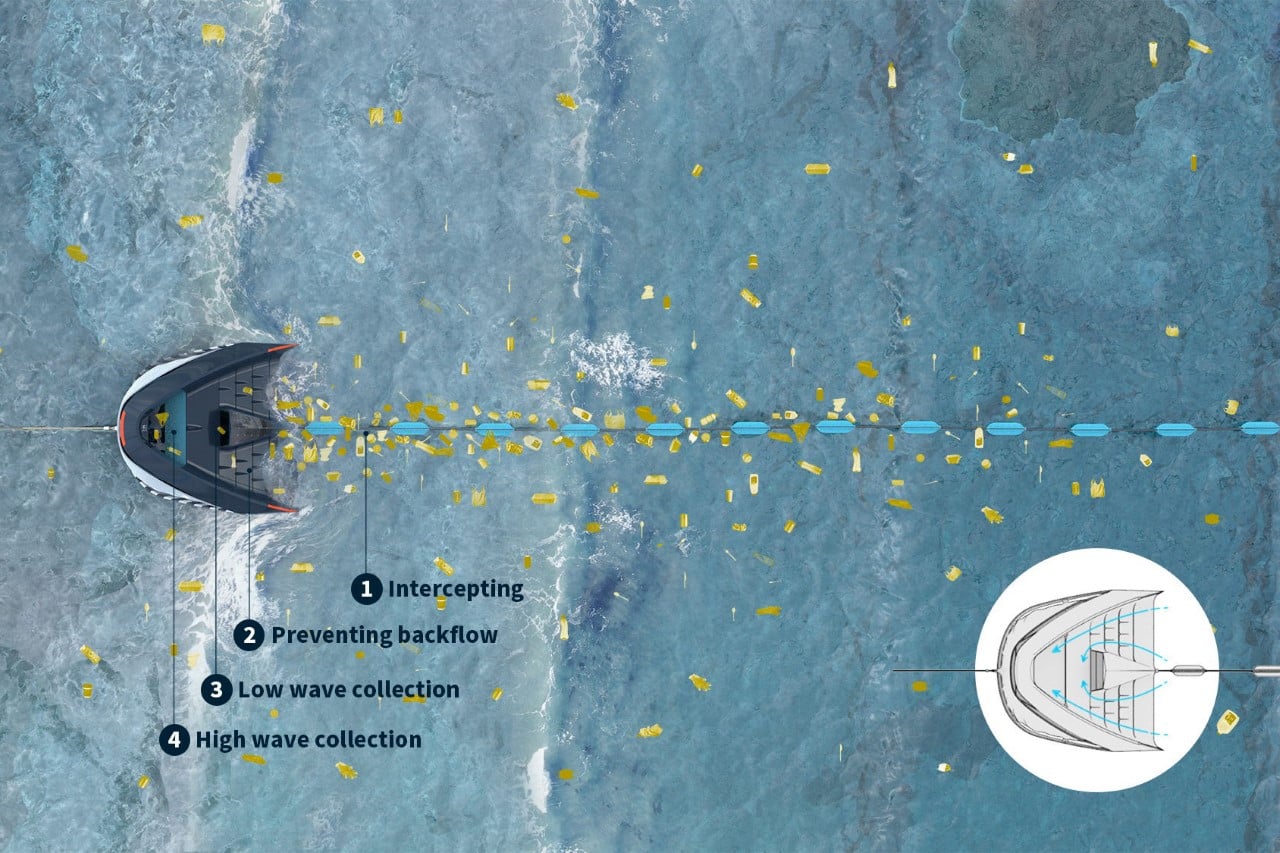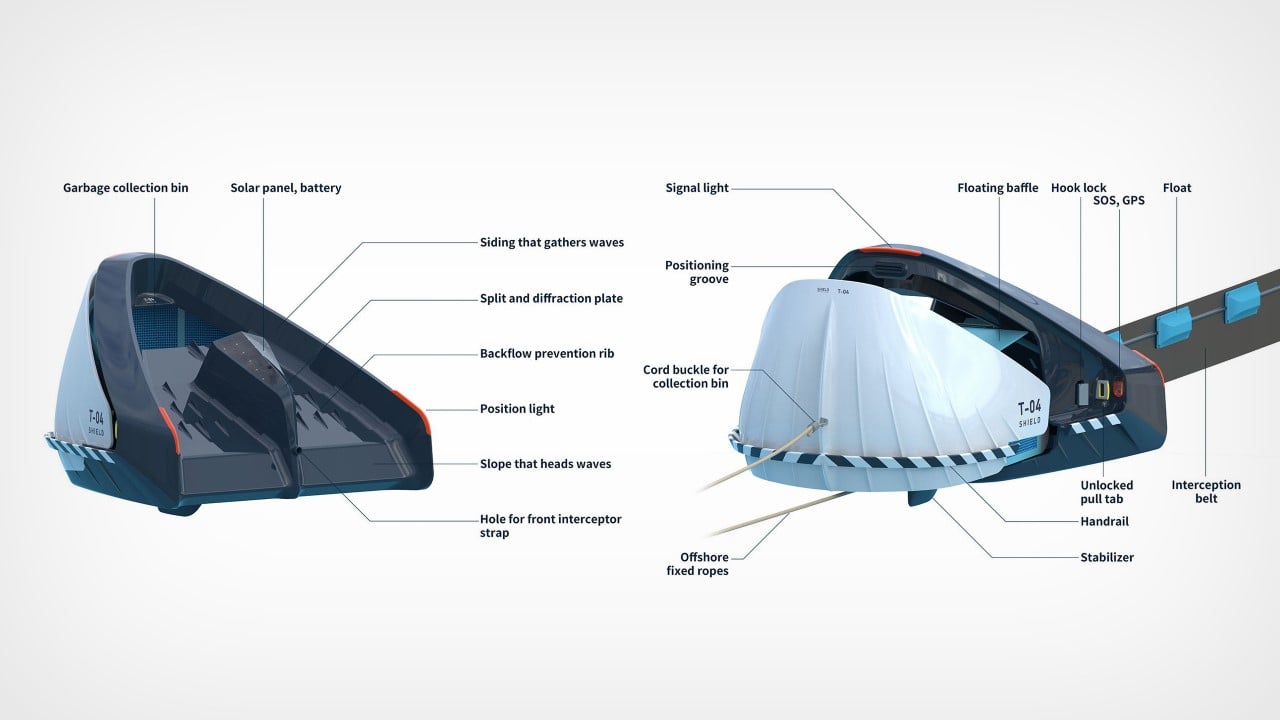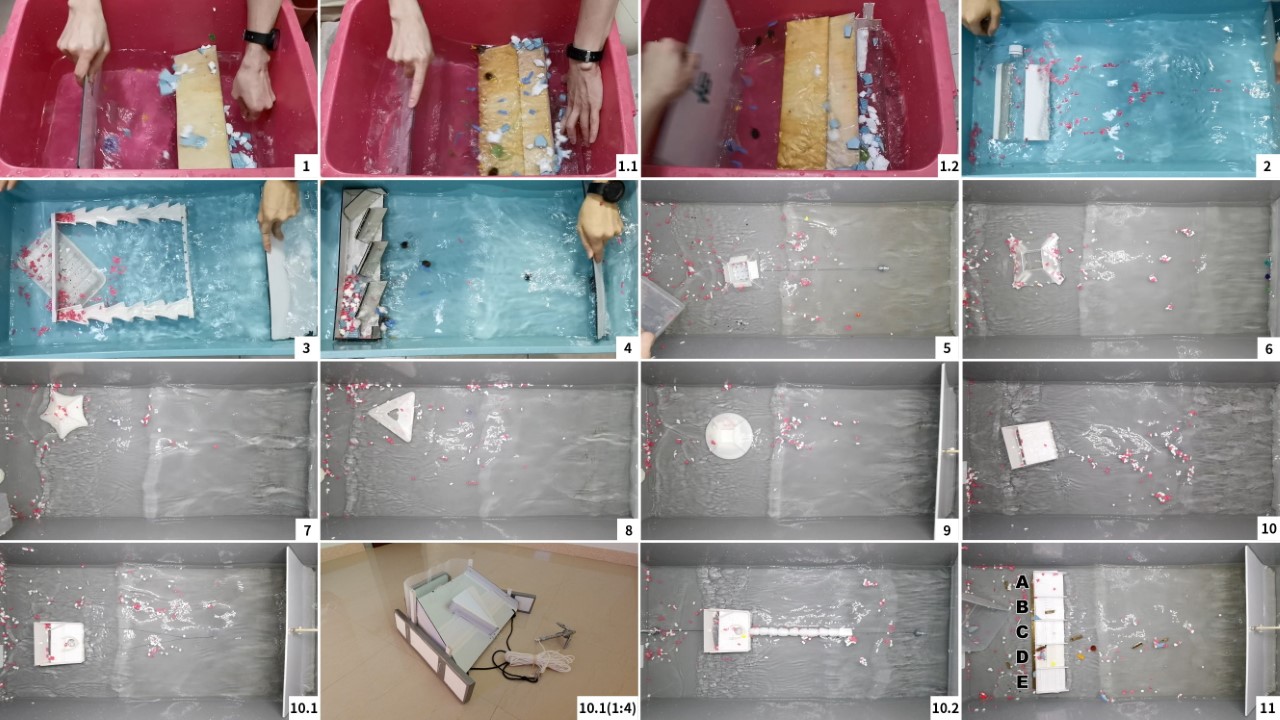When you have a wound with a bandage, sometimes you have no idea if it’s healing or there’s a worse infection, unless you actually redress the bandage. Sometimes though, re-opening and then closing the bandage will cause the wound to be exposed to various elements and that might actually disrupt the healing process and may lead to the dreaded infection. What if there was a way for your wound to continue to be protected and at the same time, give you an idea if it’s actually healing.
Designers: Tomasz Raczyński, Dominik Baraniecki, Piotr Walter

The SmartHEAL sensor was designed by Ph.D. students from Warsaw University of Technology and it is able to measure the pH balance of a wound without having to open the bandage or dressing. It has an electronic pH sensor that is printed onto a bandage-like textile backing. It uses radio frequency identification or RFID to give you the data that you need. All you have to do is use a mobile device and pass it over the sensor and it can tell you if the pH levels are still okay or if it’s in danger of giving you an infection.



So basically, what you get is a wound dressing that has a screen-printed RFID sensor so there’s no need to charge anything or use any batteries. The bandage can be washed and stretched according to the size of the wound, and supposedly, it’s not easily breakable so it should be able to withstand things that your arm or leg or whatever part the dressing is on might encounter. It doesn’t say though if it’s water-proof so that may be something that they have to take note of.



The SmartHEAL sensor is the grand prize winner of the James Dyson Awards and so they’ll receive prize money that they can use for product development and clinical trials. They’re looking at 2025 as the year when they can actually get it out in the market since the product is pretty scalable and eventually affordable. This product will be especially useful for elderly people who are more susceptible to developing chronic wounds and infections.



The post SmartHEAL sensor tells you if wound may be infected using RFID first appeared on Yanko Design.
